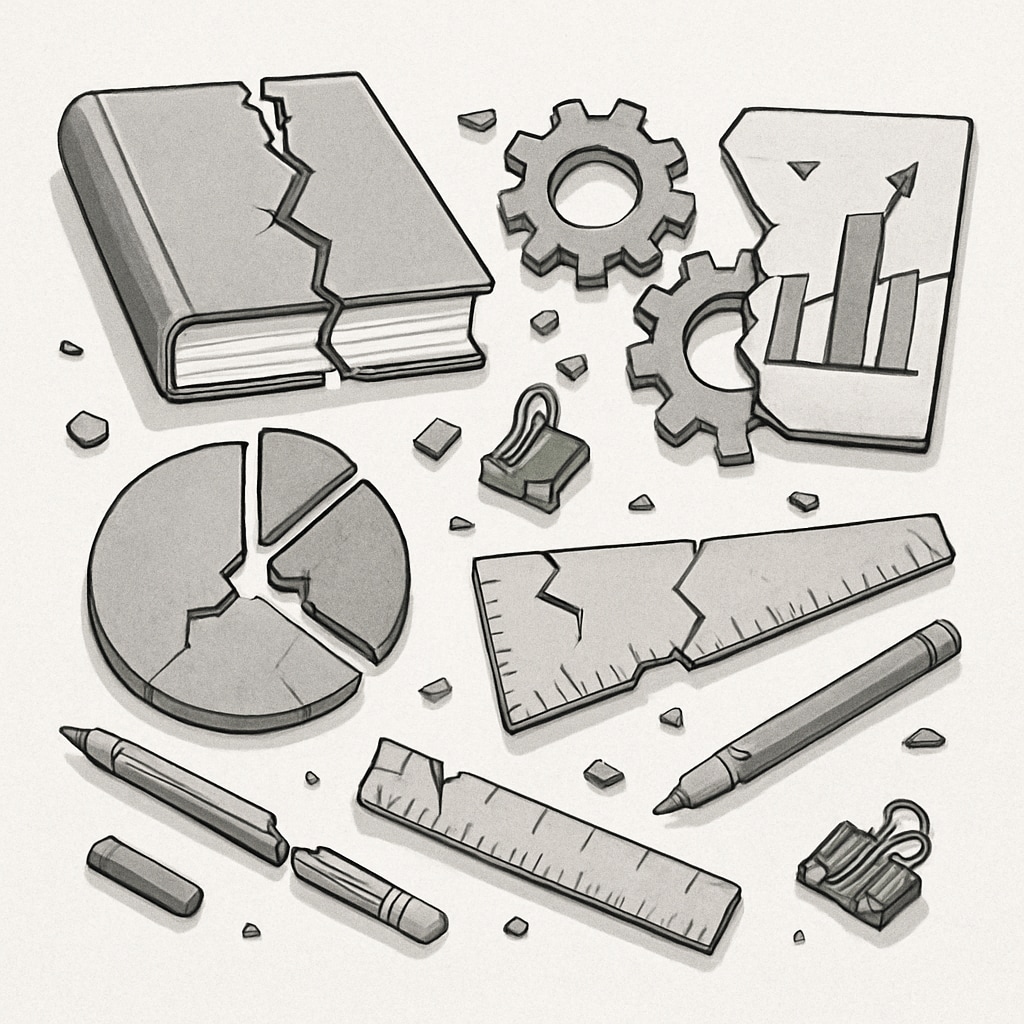The K12 education sector is grappling with numerous daily challenges that hinder both educators and students from achieving their full potential. Issues such as overloaded schedules, diverse learning needs, and inadequate technological tools require immediate attention. To address these “education pain points, tool needs, and student-teacher feedback,” it is crucial to identify gaps in current solutions and collaboratively design innovative tools tailored to real-world educational demands.
Understanding the Pain Points in Education
Educators often face challenges such as managing large classrooms, differentiating instruction, and addressing the emotional and social needs of students. Meanwhile, students struggle with limited access to personalized learning, outdated materials, and insufficient support. These pain points not only impact academic outcomes but also create barriers to holistic development.
For example, teachers frequently report difficulties in tracking individual progress due to lack of streamlined data management tools. Students, on the other hand, express frustration with one-size-fits-all learning environments that fail to cater to their unique abilities.

Why Current Tools Fall Short
Despite advances in educational technology, many existing tools fail to address the nuanced needs of educators and learners. Platforms designed for managing student data often lack user-friendly interfaces, making them cumbersome to navigate. Similarly, digital learning resources may not align with curriculum standards or fail to engage students effectively.
Moreover, the lack of integration between various tools creates inefficiencies, forcing educators to juggle multiple systems. This fragmented approach undermines the goal of creating a seamless educational experience. To bridge these gaps, tools must be intuitive, adaptable, and aligned with both teaching methods and student learning preferences.

Collaborative Innovation: A Path Forward
The solution lies in collaborative innovation, where educators, students, technologists, and policymakers work together to design tools that address specific challenges. By conducting thorough surveys and collecting feedback from stakeholders, developers can ensure that new tools meet the real-world needs of classrooms.
- Focus on user-centered design to create intuitive interfaces.
- Ensure adaptability to cater to diverse learning styles and classroom environments.
- Integrate tools for seamless data sharing and collaboration.
- Provide ongoing training and support for educators to maximize tool potential.
For instance, platforms like EdTech solutions and educational technology innovations on Britannica demonstrate the importance of aligning technological advancements with pedagogical goals.
Driving Change Through Feedback
Gathering feedback is essential for developing tools that truly meet educational needs. Regular surveys, focus groups, and pilot testing can provide valuable insights into the challenges faced by educators and students. In addition, creating open channels for ongoing feedback ensures that tools evolve alongside changing educational landscapes.
By prioritizing feedback, we can foster a culture of continuous improvement, where tools are not static but dynamic solutions that adapt to emerging needs. This approach empowers educators and learners, paving the way for more effective and engaging educational experiences.
In conclusion, addressing “education pain points, tool needs, and student-teacher feedback” requires a concerted effort to understand real-world challenges and develop solutions through collaboration. By leveraging technology, creativity, and stakeholder input, we can unlock the true potential of education and create tools that transform teaching and learning for the better.
Readability guidance: This article uses short paragraphs, clear transitions, and lists to summarize key points. Overuse of passive voice and long sentences is avoided, ensuring a balanced and engaging reading experience.


